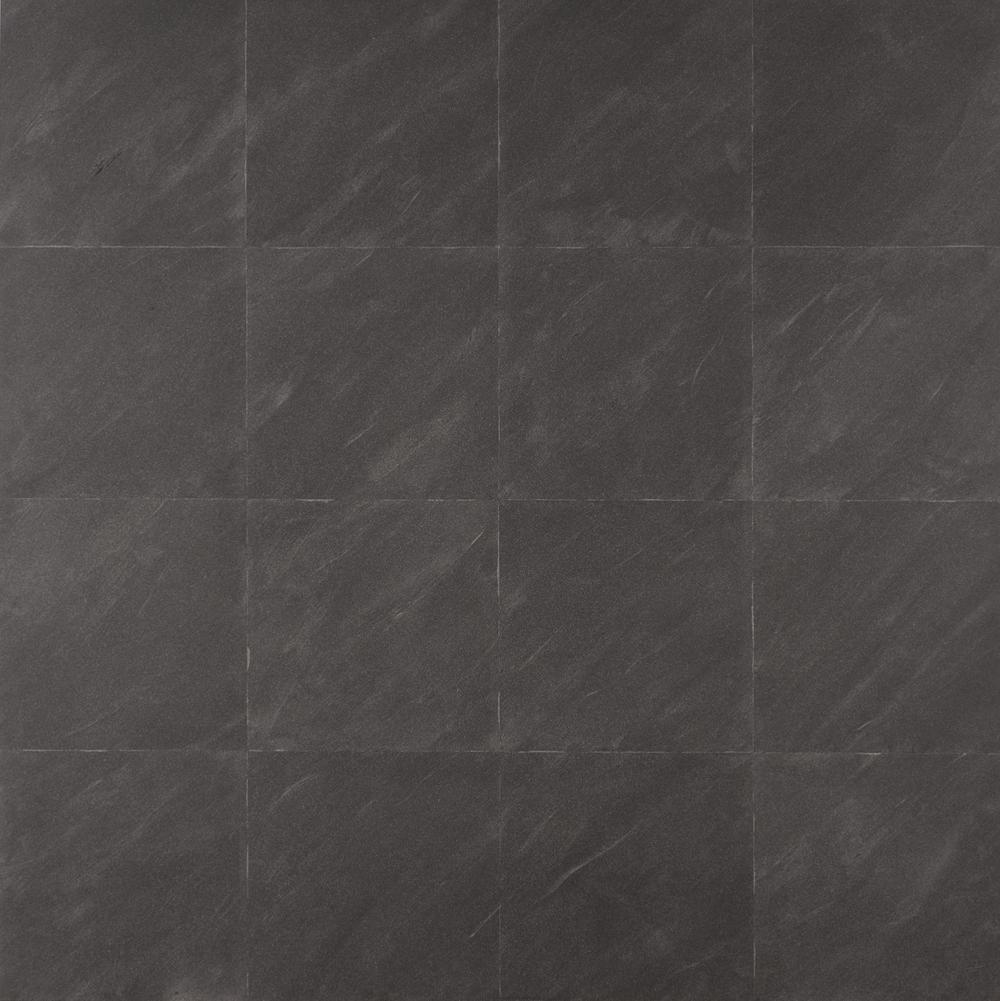Mary Corse. Painting with Glass Microspheres
On an evening drive through Malibu, the sun at her back, Mary Corse noticed the brilliance of the white traffic lines on the road—light seemed to emanate from the paint itself.1 She later learned that glass microspheres within the white paint refract light, creating shifts in perception depending on the viewer’s movement in relation to the surface and the surrounding environmental conditions. Fascinated, Corse began applying glass microspheres to her painted surfaces. For the artist, this discovery was a breakthrough: “The painting is not on the wall. It’s in your perception.”2 Such perceptual changes bring movement to the surface of her paintings, so that they are no longer static objects. Rather than represent a single objective reality, Corse’s glass-bead paintings enact an experience of reality,3 approximating for the artist a sense of the universal or infinite. As Corse says, “there’s nothing static in the universe. So why would a painting be?”4
“Mary Corse Interview with Alex Beacon,” Brooklyn Rail, June 2015, available at brooklynrail.org/2015/06/art/mary-corse-with-alex-bacon. ↩︎
Mary Corse, in “Mary Corse Oral History,” interview with Rani Singh, Getty Research Institute, filmed in 2011 at Corse’s studio in Topanga Canyon, California, video, 1:02:12 hours, available at youtube.com/watch?v=gUzti_LrFgg. ↩︎
Drew Hammond, “Mary Corse,” in Inside the White Cube (London: White Cube, 2011), 17. ↩︎
Mary Corse, in “Mary Corse Interview with Alex Beacon,” Brooklyn Rail, June 2015, available at brooklynrail.org/2015/06/art/mary-corse-with-alex-bacon. ↩︎
